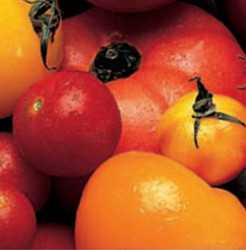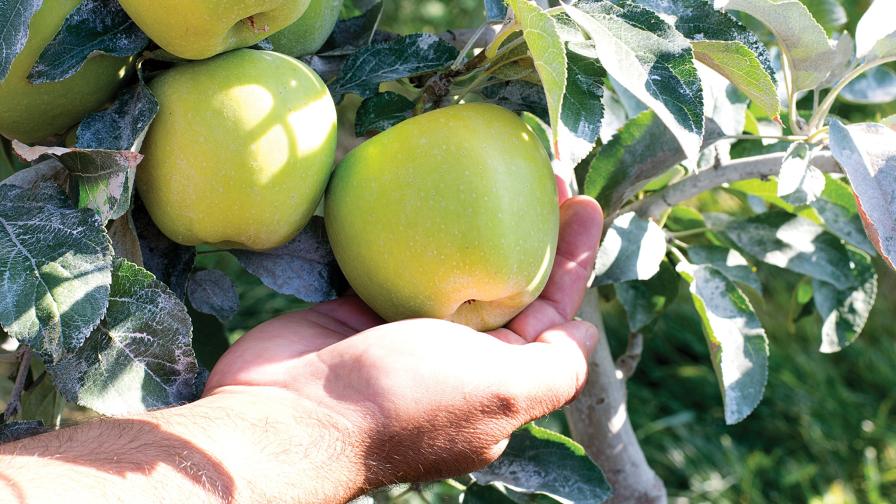Biorational Approach To Conventional & Organic Produce Growing

Of all the facts about Bts to keep in mind, perhaps the most important is just how incredibly effective they are. Whether it’s because Bts are organically approved or because they are a natural product, many people tend to forget just how deadly they are to targeted pests. Bts work well, and they work fast. Larvae stop feeding within minutes, and they die in just 1 to 3 days.
While it’s true that Bts are approved for organic production, the vast majority of Bts are applied on conventional acreage. Why? Because Bts have the ability to contribute substantially to your bottom line profit. For many progressive growers, Bt is a fundamental starting point for performance and profitability. If you lean toward a pragmatic, profit-driven approach to growing produce, Bts are for you.
Bts add value. They add value by improving crop quality and packout. Organic growers use Bt because they are one of the few effective tools available for organic production. Conventional growers use Bts because they are relatively inexpensive and can improve the overall efficacy of an integrated program. And Bts have particular attributes that most effective, traditional chemicals can’t match. For example, when that beautiful, high-dollar crop comes under attack just days away from harvest, Bts low preharvest interval can mean the difference to finding that high margin window.
It’s important to realize that Bts aren’t intended to replace traditional chemicals. Both traditional chemicals and Bts have a place in the grower’s toolbox. Bts can control pests just as traditional chemicals, but also provide added benefits such as resistance management and maintaining beneficial insects.
Resistance can be a problem in both organic and conventional systems. And in both, combining different products – taking a program approach – is the best way to avoid resistance and deliver a top quality crop that yields a beautiful bottom line.
For example, a grower of organic apples needs a program that can control two nasty pests, codling moth and leaf rollers.
First off, it’s critical for the grower to monitor pest levels – scouting is generally more critical in organic systems – and start a Bt program early, right after petal fall, to keep pest infestations low.
Throughout the first half of the season different Bt products can be utilized so different pests are controlled. Then about mid-season other organically approved insecticides can be applied. The benefits of this program approach are numerous: no non-organic chemical residues, effective control of codling moth and leaf rollers, minimized crop damage and maximized ROI, conserve beneficial insects, and unique Mode of Action, a resistance management tool.
As mentioned above, Bts are well known – perhaps even best known – for their role in the production of organic foods. Consumers, particularly in the U.S. and Western Europe, have demonstrated that they’re willing to pay a premium for organic foods. Organic agriculture is one of the fastest growing segments in the industry, with some estimates of growth as high as 20% a year. Many agricultural Bts are listed by the Organic Materials Review Institute (OMRI) and USDA’s National Organic Program (NOP) for use in organic production. Without Bts, it’s safe to say the organic industry would be hard pressed to compete in today’s market.
However, it’s important to note that only a small percentage of the Bts used each year are applied to organic acreage. In some regions of the world, nearly 100% of crops such as tomatoes, peppers, lettuce, grapes or rice receive at least one Bt application per season.









